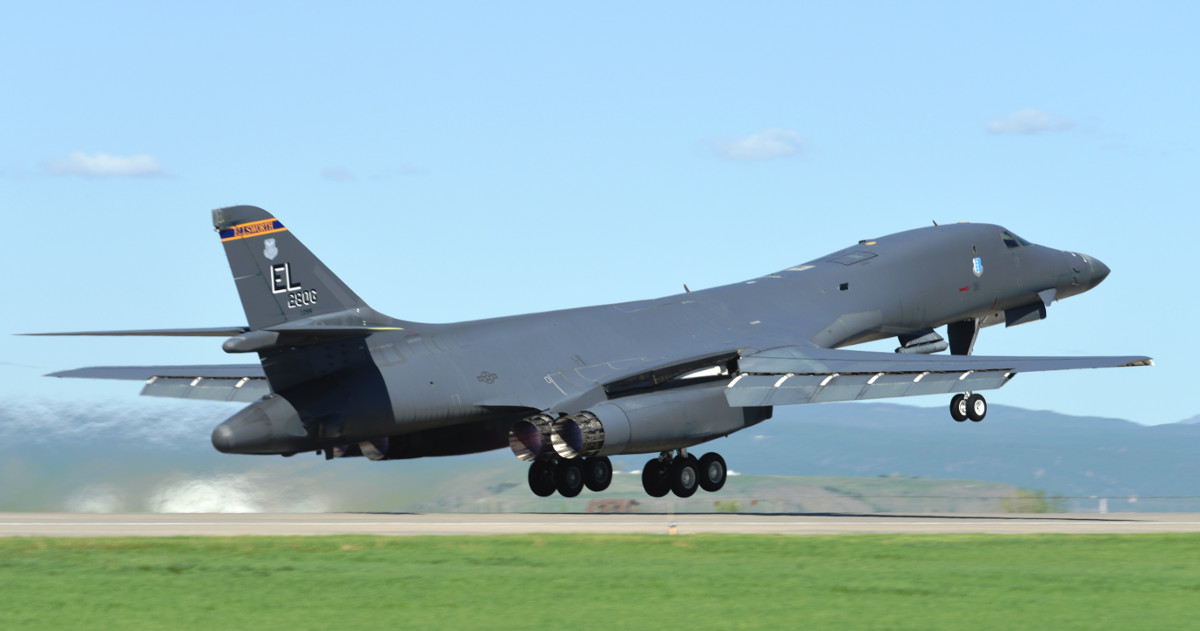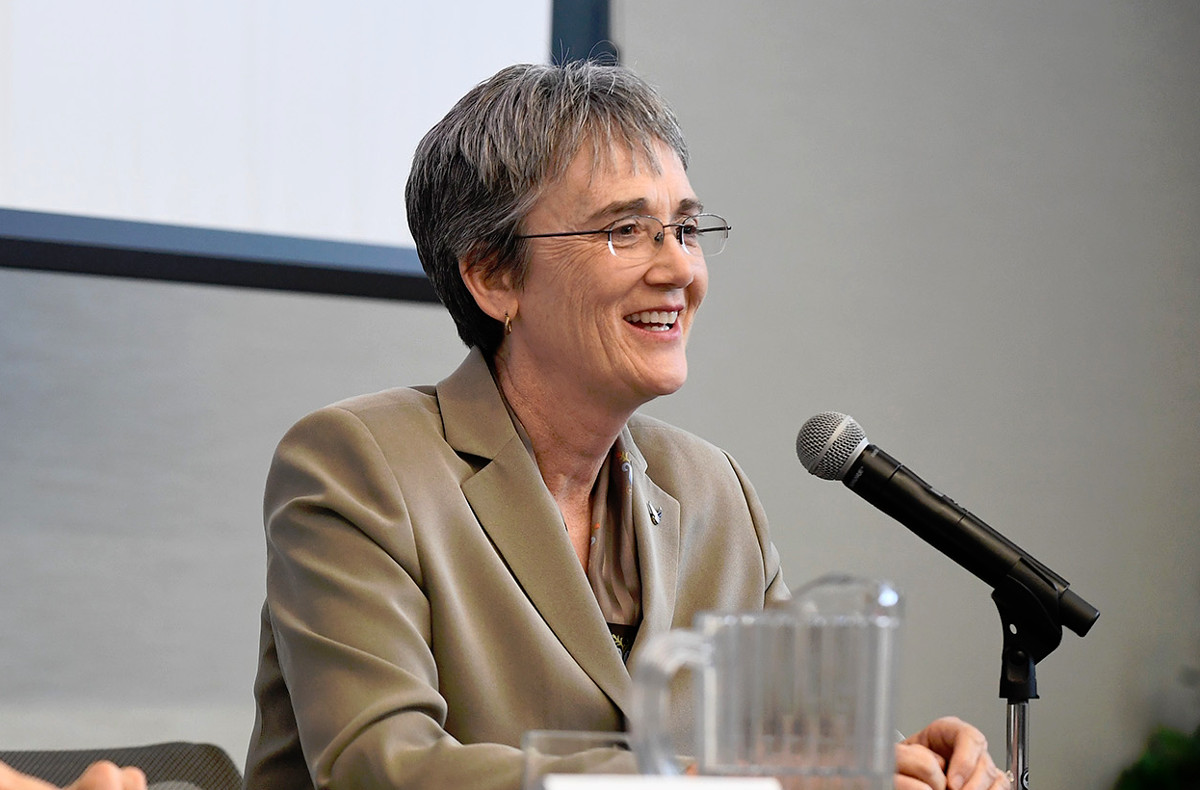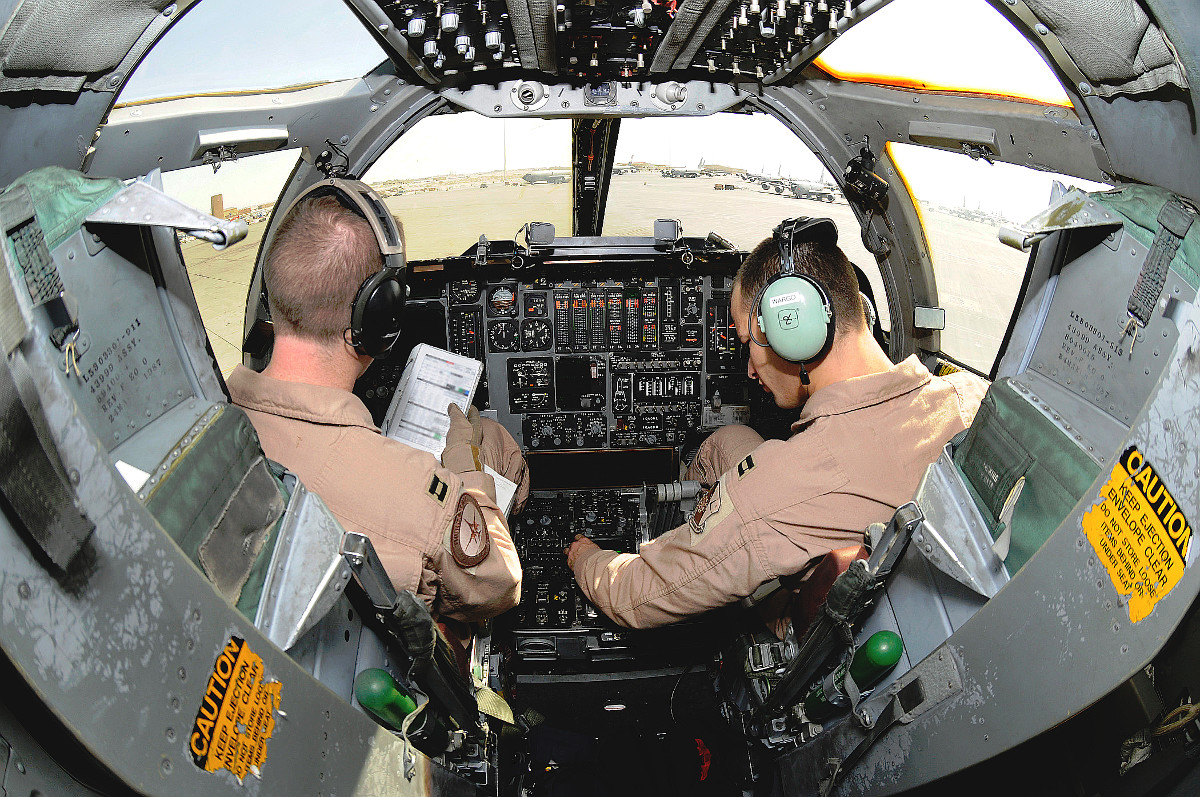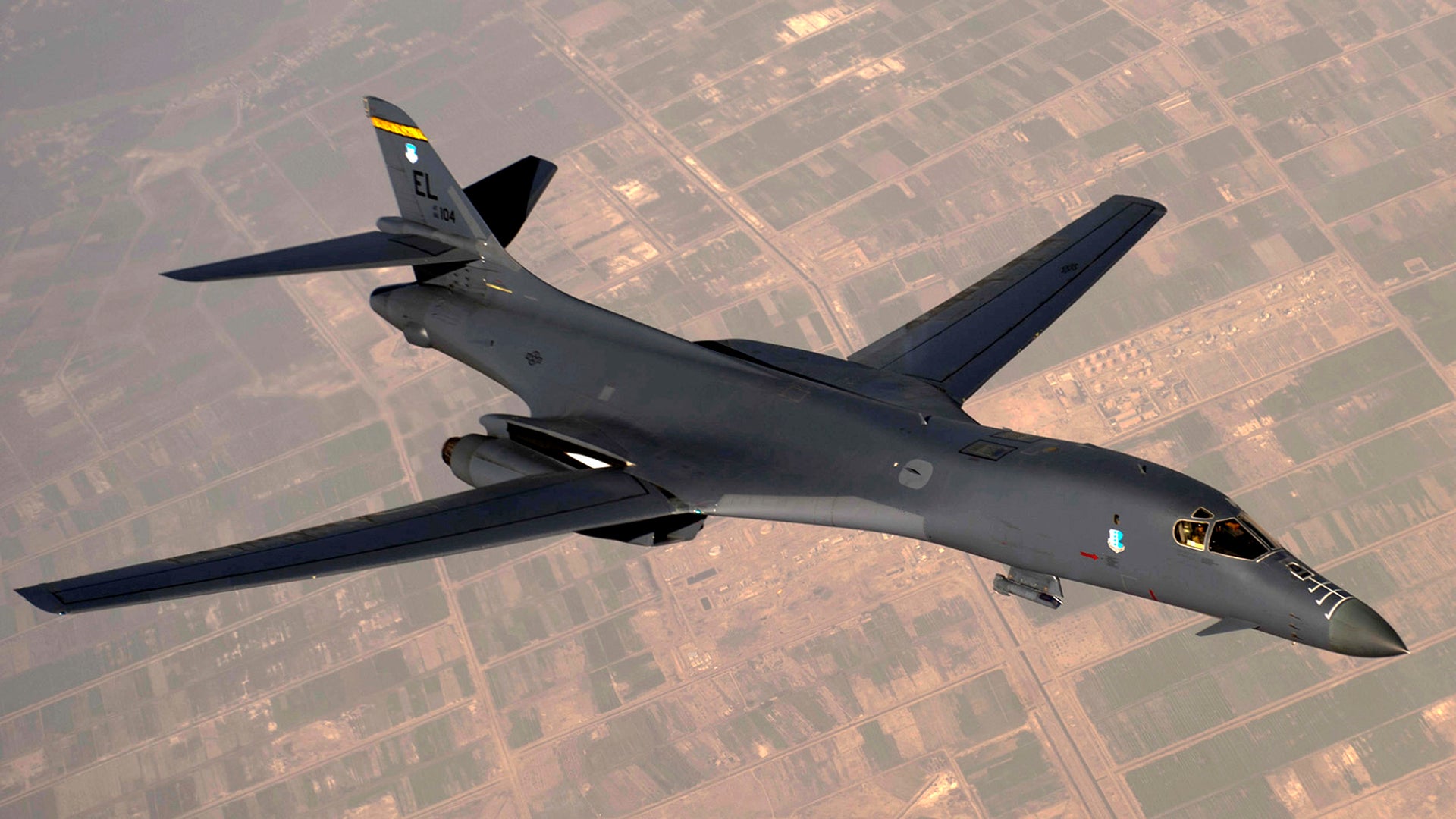The U.S. Air Force’s B-1B Bone bomber fleet has returned to flying operations after ending up grounded after a harrowing in-flight emergency exposed a fault with the aircraft’s ejection seats. However, the service says that some risks may remain and that there might still be parts in need of replacement.
The inciting incident occurred on May 1, 2018, when a B-1B bomber from the 7th Bomb Wing at Dyess Air Force Base declared one of its engines had caught fire during a training exercise and needed to make an emergency landing. It has since emerged that the aircraft was in a particularly perilous state at the time, but thankfully the aircraft landed safely and no one was injured. A full, formal investigation into the mishap is still ongoing.
But on June 7, 2018, Air Force Global Strike Command, which oversees all of the service’s combat-coded bombers, halted flight operations after discovering an issue with the plane’s Advanced Concept Ejection Seat (ACES) II ejection seats. The exact nature of the problem remains unclear, but the command ended the so-called “stand down” on June 19, 2018.
“We have high confidence that the fleet’s egress systems are capable and the fleet is ready to return to normal flight operations,” U.S. Air Force Major General Thomas Bussiere, the head of the 8th Air Force, which specifically manages the service’s bomber squadrons, said in a statement. What this doesn’t apparently mean is that problem or problems are necessarily fixed on every B-1.

In response to an Email from The War Zone, a spokesperson for Air Force Global Strike Command explained that the assessments of the Bone’s entire egress systems, including the ejection seat and hatches on top of the fuselage that blow open before it rockets an individual away from the plane, are ongoing. In addition, the units under the command will continue to replace components on the bombers as necessary.
“The safety stand down across the B-1 bomber fleet allowed time for the command to conduct component-level testing and determine potential risks,” the public affairs officer wrote. “The results of these tests, combined with redundancies in the egress system, provided sufficient data and high confidence to return to normal flight operations.”
Earlier in June 2018, 2nd Lieutenant Kali Gradishar, a spokesperson for the 7th Bomb Wing, confirmed to Military.com that there was a physical fault with the ejection seats in some, but not all B-1 aircraft. At that time, the officer could not say when all of the aircraft in need of replacement parts would receive them.
“It is known that not all B-1s are affected by the ejection seat system components, though it is still being determined which specific aircraft are affected,” she said. “Also, while parts do exist to fix the system, an inventory is in the process to determine the specific types and number of parts needed to fix all affected aircraft.”

In the meantime, Bone crews may still be flying with known and unknown problems with the ejection seats. On June 19, 2018, the same day that the grounding ended, Secretary of the Air Force Heather Wilson revealed new official details about just how serious the incident had actually been at a gathering in Washington, D.C.
“They are out training, and the indicator lights goes off. They have a fire in the wing. This is not a good thing,” she said. “They go through their checklists on everything you are supposed to do if you’ve got indication of a fire. … The next thing on the checklist is to eject from the airplane.”
Wilson explained that ejection procedure for the B-1 involves each crew member ejecting one at a time, in sequence, so they don’t hit each other on the way out. The Offensive Weapon Systems officer’s seat failed to function, though, leaving them stuck in the aircraft.
“The airman who’s sitting on an eject seat where he’s pulled the fire pins ― and sits there for the next 25 minutes. Wondering whether ― it’s like pulling out the pin on a grenade and holding it as you come in to land,” the Air Force’s top civilian continued. “And not knowing whether the next piece of turbulence is going to cause you to launch.”

“The courage it took and the valor represented by that aircraft commander who decided, ‘We are going to try for all of us to make it, rather than sacrifice the one guy who can’t get out,’” she added. “Those are the men and women who choose to wear the uniform of the United States Air Force.”
It’s unclear what would have happened to the bomber itself if the ejection sequence had occurred as planned. Presumably, the crew, in coordination with personnel on the ground, had identified a relatively safe area for the plane to come crashing down.
Regardless, Wilson’s comments make it clear that the problem with the ejection system is no minor issue, especially in combination with other in-flight emergencies. On June 1, 2018, just days before the grounding went into effect, another B-1 had to return to Joint Base Pearl Harbor-Hickam in Hawaii shortly after taking off due to an unspecified problem. Though in-flight emergencies are not necessarily rare, this is a reminder of the risks U.S. military aviators face to begin with.
At the same time, B-1s have been flying combat missions over Iraq and Syria and Afghanistan. During those flights, crews might find themselves with even fewer good available options if a fire breaks out in one of the engines or something else serious occurs.

“Combat is an inherently risky business, but the Air Force works hard to minimize the risks its Airmen face,” the Air Force Global Strike Command spokesperson said in their Email. “Ensuring our aircrew can fly, train and stay proficient is important to minimizing risk in combat. The Air Force strives to mitigate risks to the aircrew while allowing them to continue vital training.”
It’s definitely a complicated balancing act and one that is even more complex given a recent surge in aviation mishaps across the U.S. military. More than two dozen aviators have already died in 2018, which puts it on pace to be a particularly deadly year for accidents.
We can only hope that the Air Force will finish making the necessary changes to the egress system on the B-1Bs as soon as possible.
Contact the author: jtrevithickpr@gmail.com
